Washington, D.C., October 13, 2025 — Former President Donald Trump has launched his most aggressive trade salvo yet against China, warning that the world’s second-largest economy faces “tremendous difficulties” under a new wave of tariffs designed to cripple Beijing’s export engine. The move marks a major escalation in his campaign to reassert U.S. economic dominance and revive domestic manufacturing — but analysts warn it could plunge global markets back into turbulence reminiscent of the 2018 trade war.
A “Tremendous Difficulties” Doctrine
Speaking at a press conference in New York, Trump accused Beijing of “weaponizing trade” through state subsidies, intellectual property theft, and what he called “unfair manipulation of global supply chains.” He announced plans for a sweeping tariff package that could impose 100% duties on key Chinese exports, including electronics, steel, and automotive parts.
“For decades, China has taken advantage of America — and those days are over,” Trump declared. “They will face tremendous difficulties if they continue to exploit the United States.”
The remarks immediately triggered market volatility, with U.S. futures dipping and Asian markets closing sharply lower. Economists and corporate leaders fear the renewed trade war rhetoric could reignite inflationary pressures just as global supply chains are stabilizing.
The New Trade Strategy: Shock and Squeeze
Trump’s proposed tariffs target over $500 billion in Chinese goods, with the goal of forcing Beijing to make concessions on technology transfers, rare earth exports, and state-owned enterprise reforms. His administration-in-waiting has framed the move as part of a “decoupling” strategy — reducing U.S. dependence on Chinese manufacturing and shifting supply chains toward allied nations like India, Mexico, and Vietnam.
Under the plan, Trump’s team would:
- Double tariffs on critical imports such as electronics, batteries, and medical equipment.
- Restrict technology partnerships with Chinese firms operating in AI, telecommunications, and semiconductors.
- Ban certain U.S. investments in Chinese defense-linked industries.
- Offer tax incentives to U.S. companies that bring manufacturing jobs back home.
Supporters see this as a long-overdue correction to decades of economic imbalance. Critics, however, warn that the policy risks inflicting collateral damage on American businesses and consumers.
China Strikes Back — Quietly but Strategically
Beijing’s initial response has been measured but firm. The Chinese Commerce Ministry denounced Trump’s rhetoric as “economic coercion” and vowed that China “will not yield to unilateral bullying.” Officials hinted at countermeasures, including potential restrictions on U.S. companies operating in China and further tightening of exports for rare earth materials, which are essential to the production of smartphones, electric vehicles, and advanced weaponry.
Instead of a direct confrontation, China appears to be taking a long-game approach:
- Re-routing exports through Southeast Asia to bypass direct tariffs.
- Strengthening domestic consumption to cushion the blow from reduced U.S. demand.
- Expanding trade alliances with the Global South, Europe, and the Middle East to diversify export markets.
Chinese analysts say that while the new tariffs will sting, Beijing has spent years preparing for precisely this moment — accelerating its push for technological self-sufficiency and supply chain independence.
Global Ripple Effects
The announcement sent tremors through global markets. Oil prices climbed slightly as traders bet on supply disruptions, while commodity prices fluctuated amid fears of new trade barriers. The technology sector was hit hardest — companies like Apple, Tesla, and major semiconductor manufacturers saw immediate stock declines.
Trade-dependent economies in Asia — particularly Vietnam, Malaysia, and South Korea — may see a short-term boost as production shifts away from China. However, economists caution that such transitions are neither simple nor swift. “Building new manufacturing ecosystems takes years, not months,” noted economist David Kingston of the Peterson Institute. “In the meantime, everyone pays higher prices.”
The U.S. Political and Economic Gamble
Trump’s tariff escalation plays directly to his political base, particularly in U.S. industrial regions hit hard by globalization. By portraying himself as the defender of American workers, he aims to leverage economic nationalism ahead of the 2026 midterms.
However, the economic implications could be complex. Tariffs tend to raise prices for imported goods, fueling inflationary pressures. Businesses that rely on Chinese components — from auto manufacturers to consumer electronics firms — may pass those costs on to consumers.
A report from the Congressional Budget Office last month estimated that a 100% tariff regime on Chinese goods could raise the average U.S. household’s annual expenses by as much as $1,200.
“Every time you raise tariffs, you’re effectively taxing your own citizens,” said Megan Chu, a senior trade analyst at Columbia University. “The question is whether the long-term gains outweigh the short-term pain.”
Strategic Calculations Behind the Curtain
Trump’s renewed trade offensive also reflects broader geopolitical shifts. As tensions deepen over Taiwan, technology transfers, and rare earth resources, economic tools are increasingly being used as instruments of national strategy.
The former president’s advisers argue that trade policy must now serve as a “national security instrument”, not merely an economic one. By curbing Chinese access to U.S. technology and markets, they hope to slow Beijing’s rise in military and industrial dominance.
Yet, this approach carries diplomatic costs. European allies have grown weary of unilateral U.S. measures that destabilize global supply chains. Even key partners like Japan and South Korea are urging Washington to coordinate rather than dictate trade actions.
China’s Resilience Playbook
While U.S. tariffs aim to isolate China, the reality is more nuanced. Over the past five years, China has built a “resilience shield” — a mix of domestic production expansion, regional trade deals, and government subsidies designed to reduce vulnerability.
- The Regional Comprehensive Economic Partnership (RCEP) now provides China with preferential access to markets across Asia.
- Belt and Road projects continue to anchor Chinese influence in developing economies, creating new export markets.
- Domestic consumption has risen sharply, making China less dependent on Western buyers.
These measures, coupled with Beijing’s control over strategic resources like lithium and rare earths, mean that any trade war will inflict pain on both sides.
Economic Crossfire: Who Loses First?
For U.S. businesses, the fallout could be immediate. The American Chamber of Commerce in China warned that new tariffs would jeopardize billions in annual trade and increase operational risks for firms already navigating strained diplomatic relations.
Small and medium-sized manufacturers — many of whom depend on affordable Chinese components — face the prospect of supply chain disruptions and production delays. Meanwhile, American farmers fear renewed Chinese retaliatory tariffs on agricultural exports, similar to the 2018 trade war that devastated U.S. soybean producers.
“Every time Washington and Beijing clash, we end up paying the price,” said Ohio farmer Rick Larson, who exports corn to China. “You can’t win a trade war when both sides are losing.”
A High-Stakes Test of Economic Power
Whether Trump’s strategy will succeed depends on several unpredictable factors — from China’s ability to sustain exports through alternative routes, to how resilient the U.S. economy remains under higher consumer prices.
Analysts say that if Trump manages to bring manufacturing jobs back home while maintaining growth, he will have achieved what many presidents before him could not. But if inflation spikes and exports stall, the political backlash could be swift.
As global investors watch nervously, one thing is certain: the next chapter of U.S.-China relations will not be defined by cooperation, but by economic confrontation — a struggle for supremacy where tariffs are weapons, markets are battlefields, and victory is far from guaranteed.

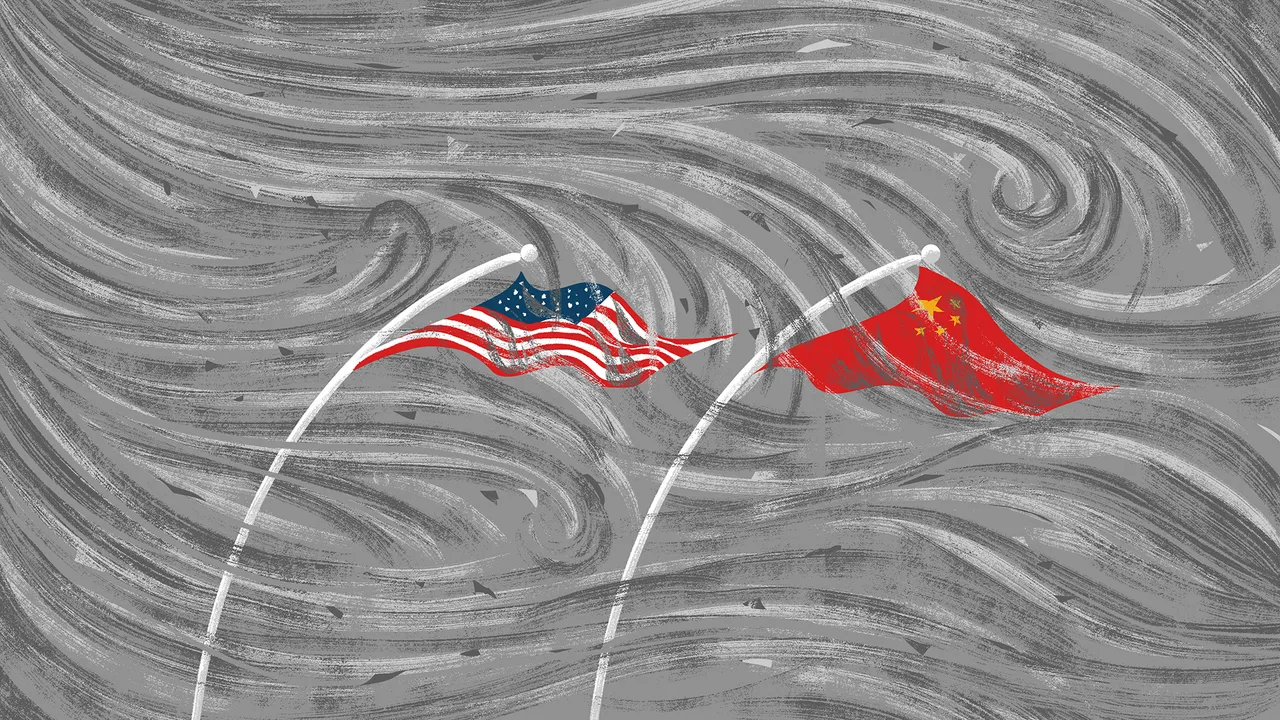



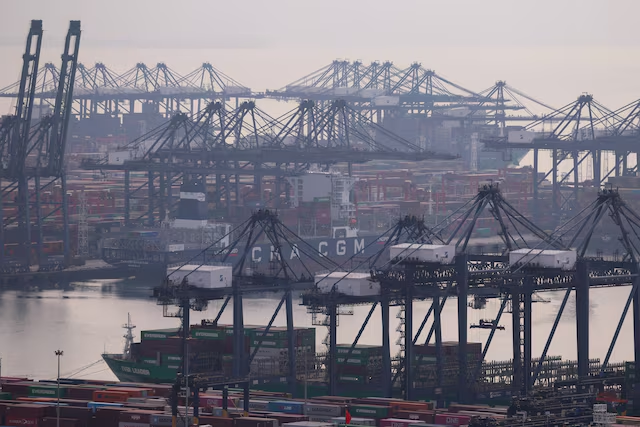
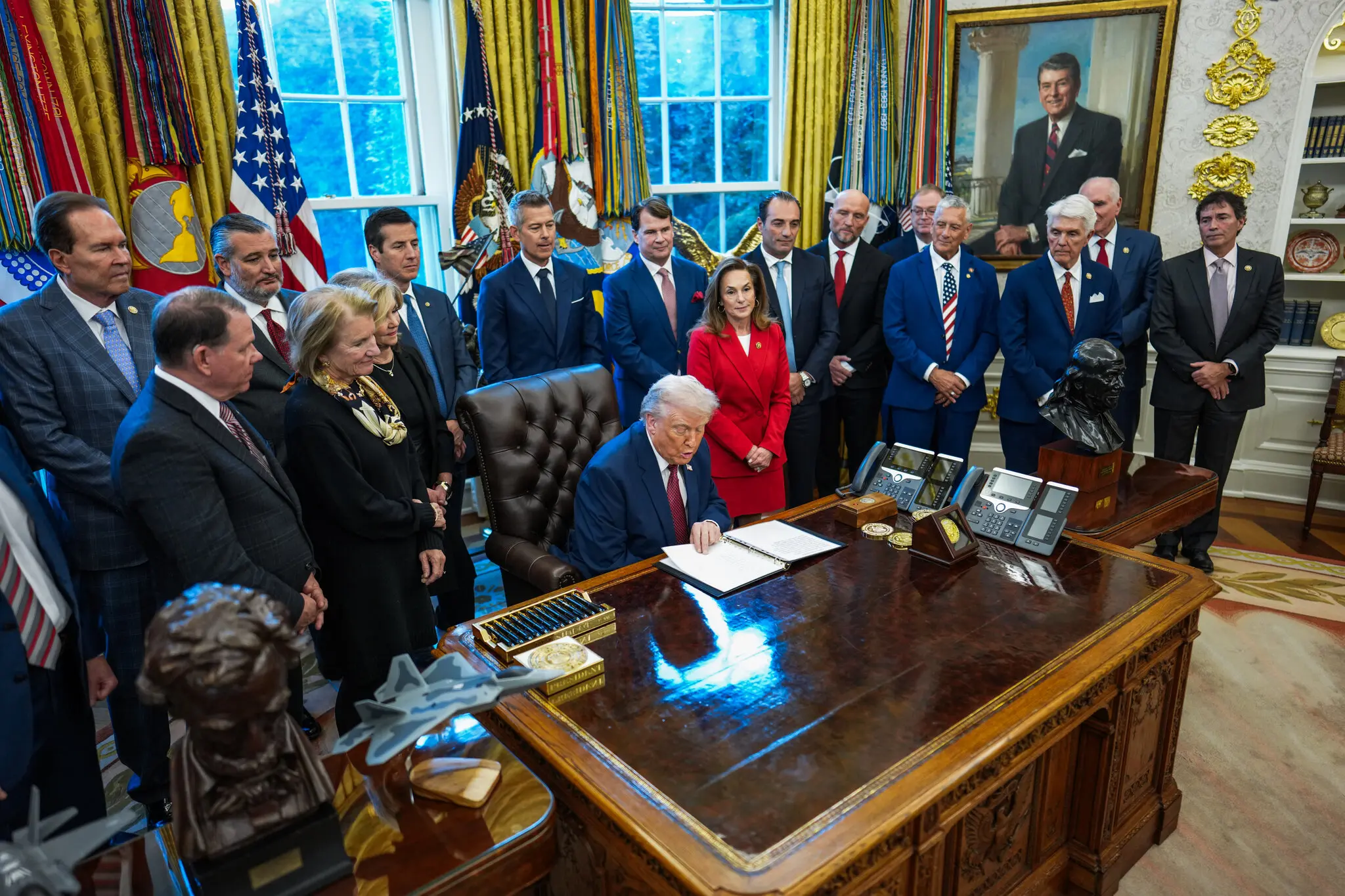

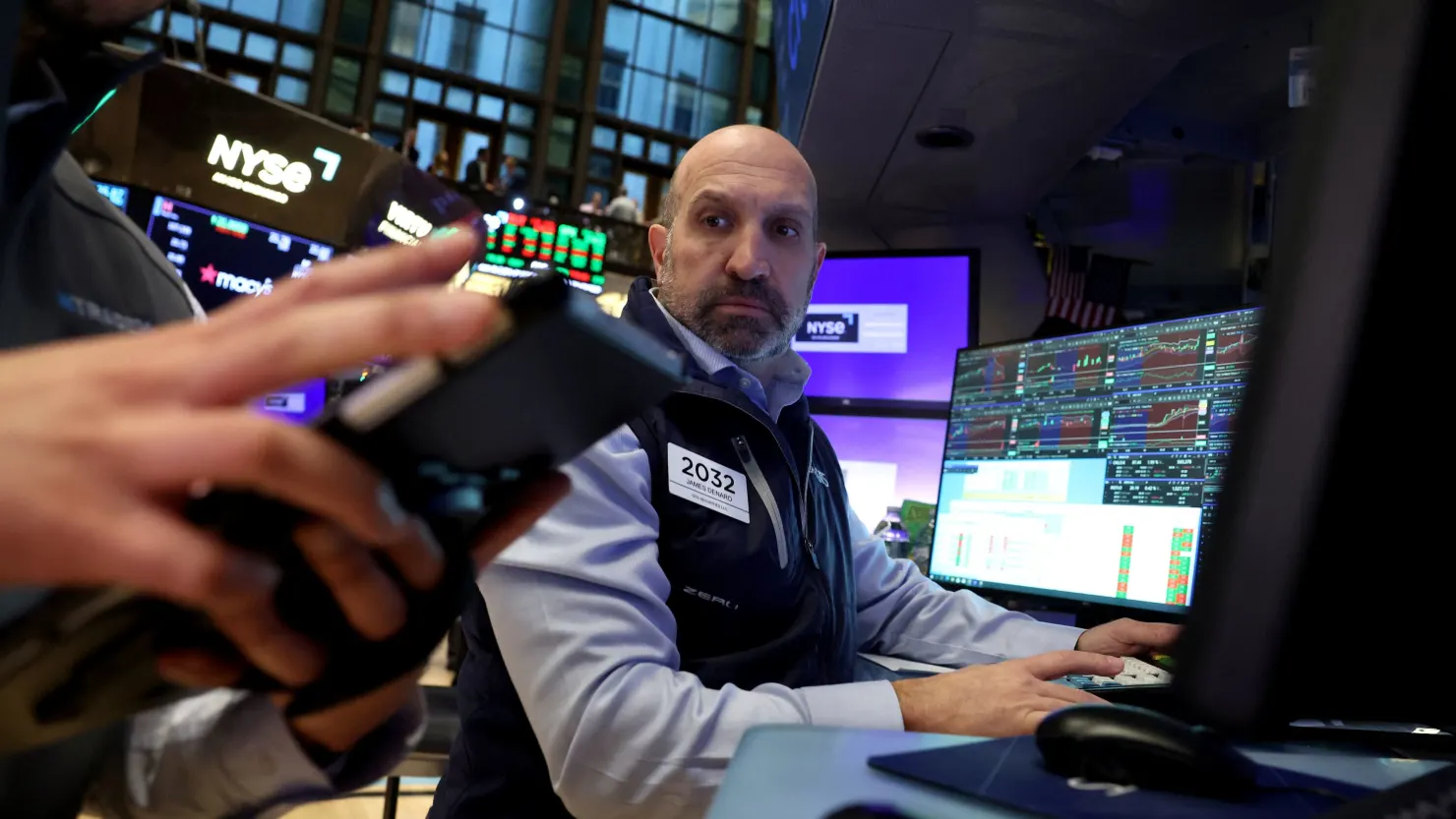


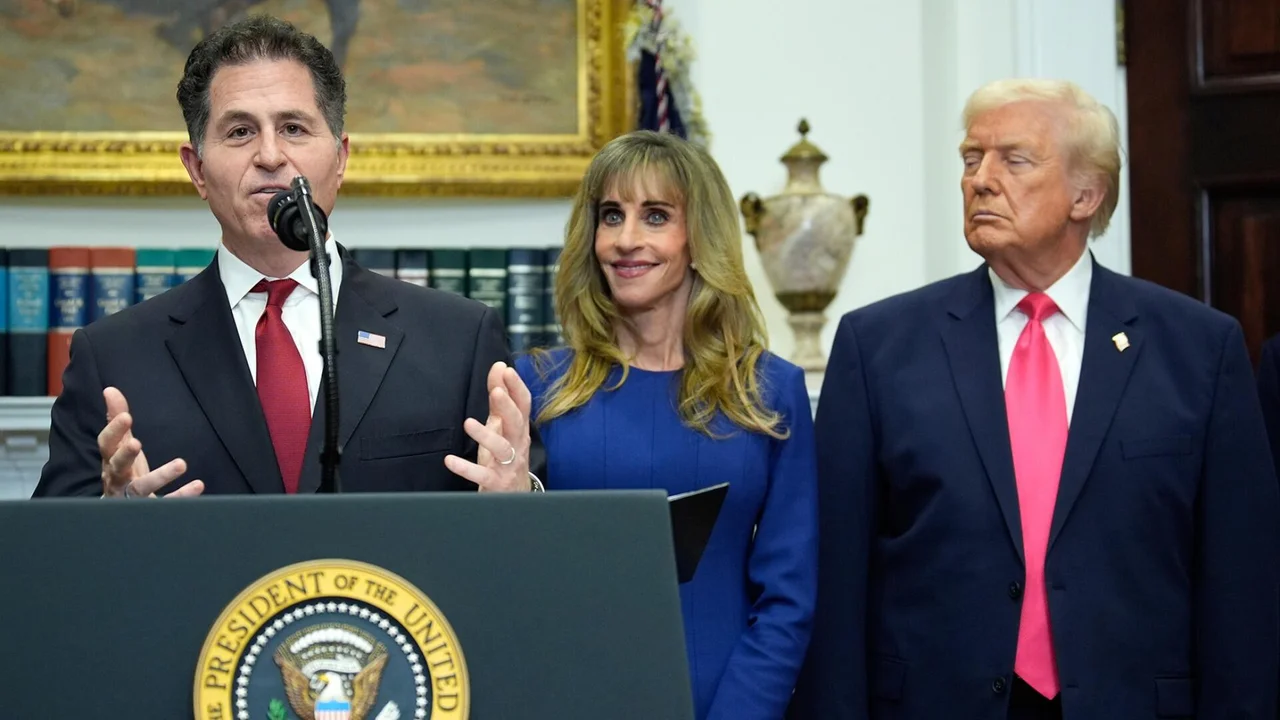




Leave a Reply